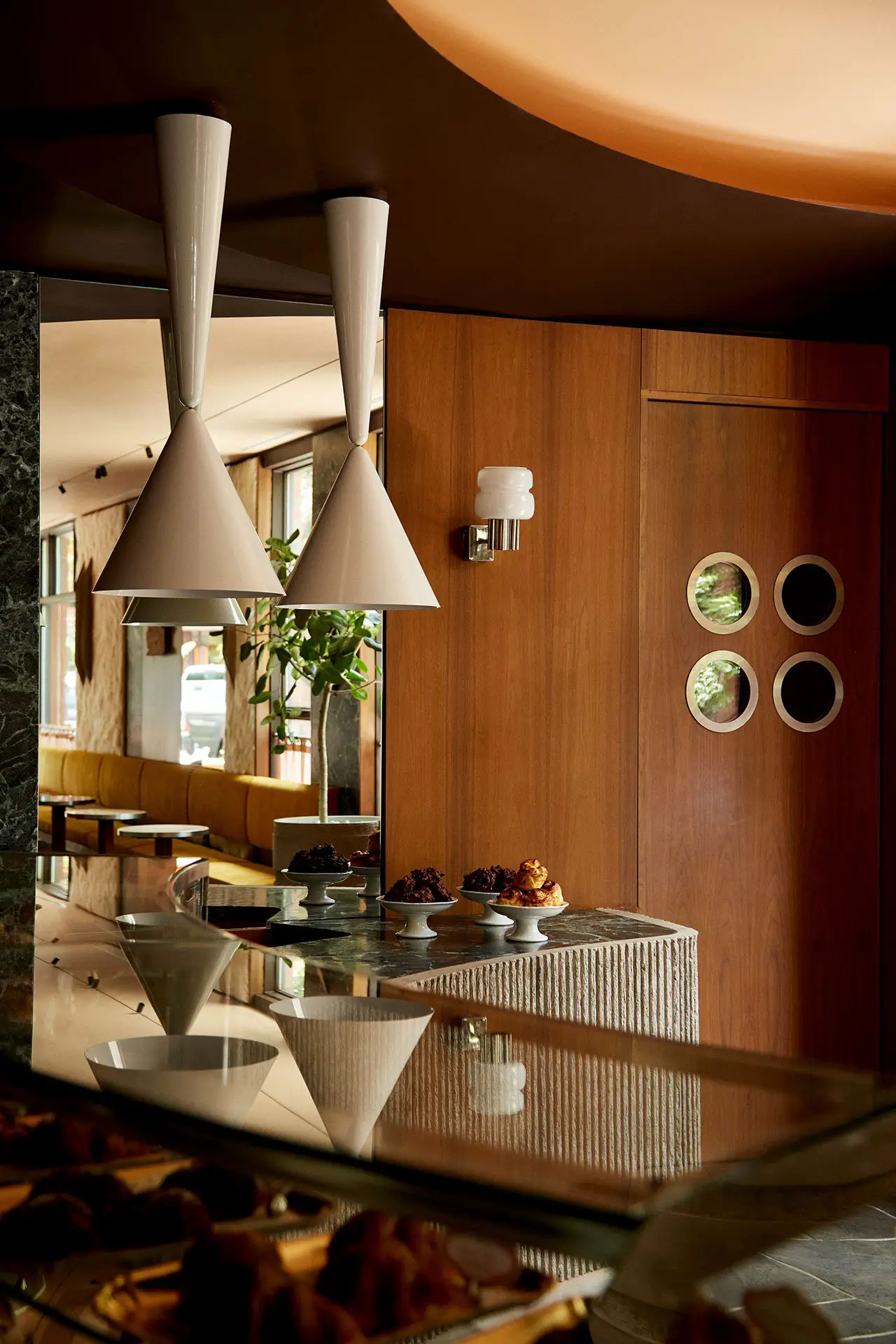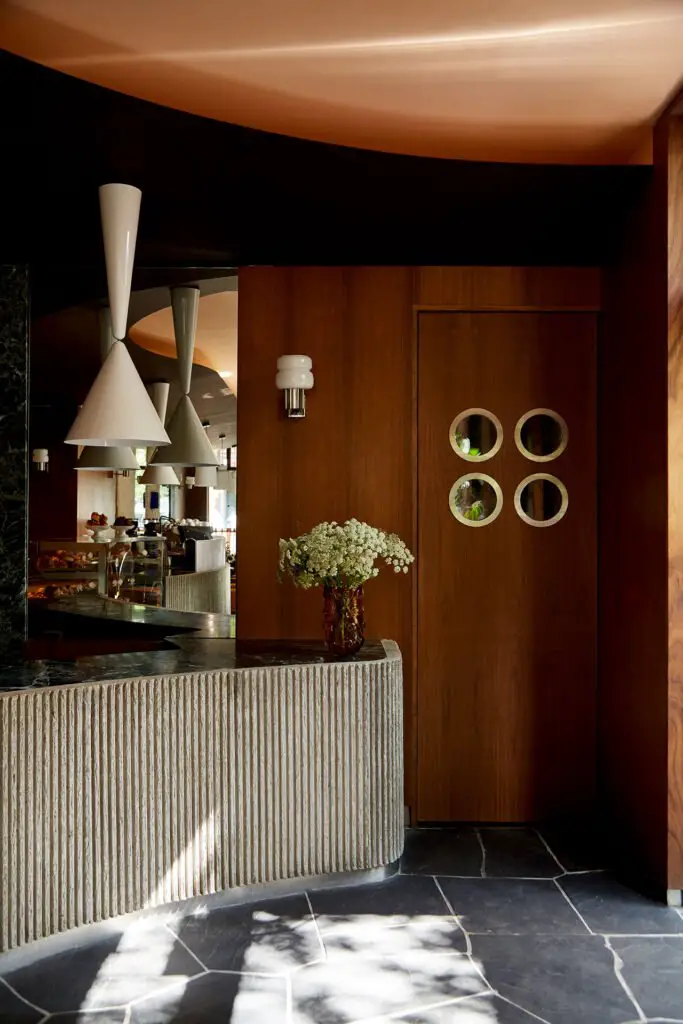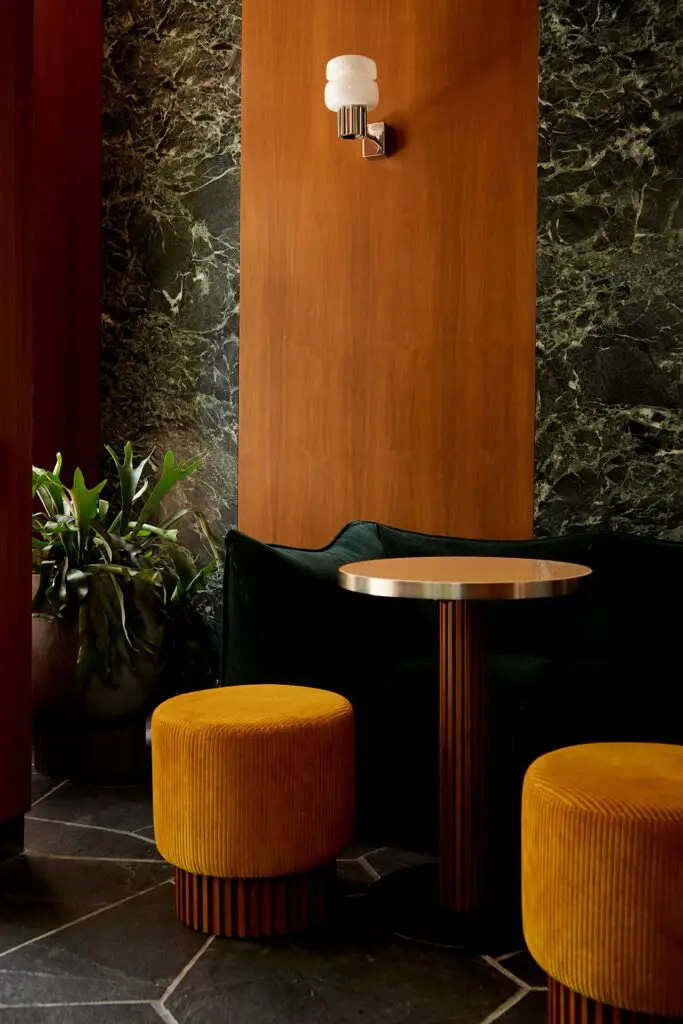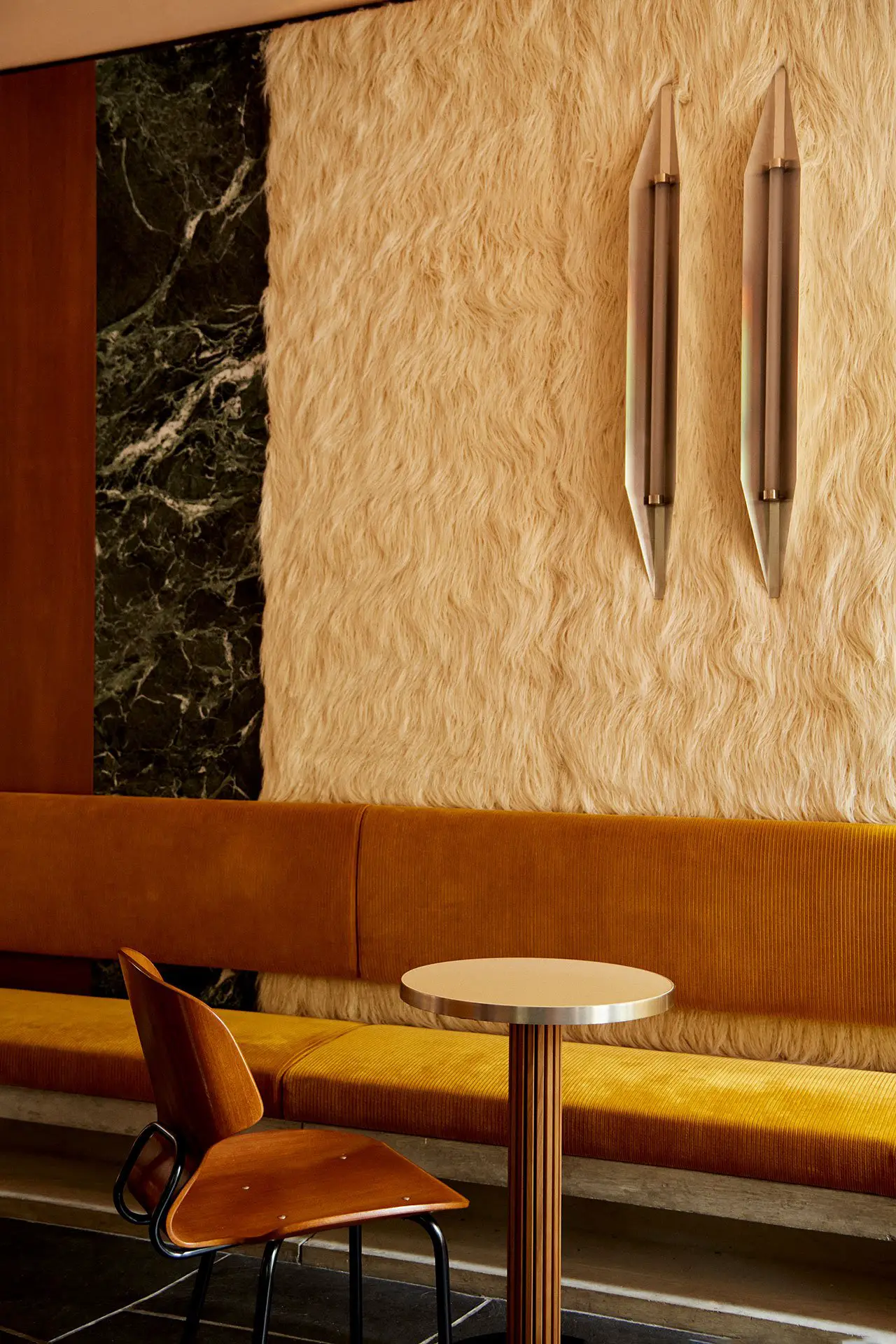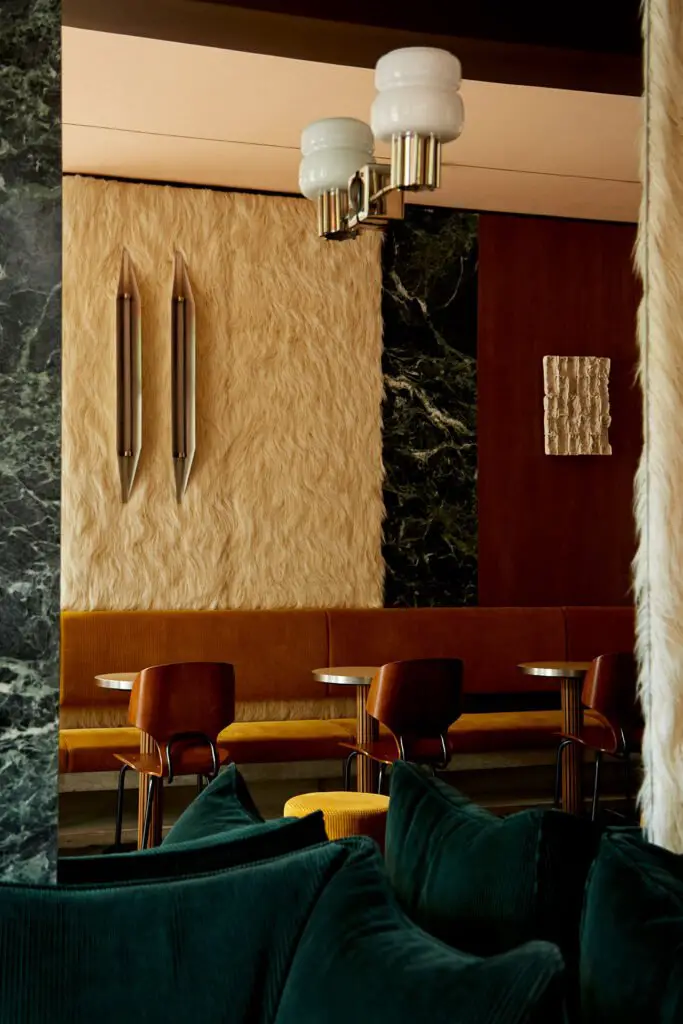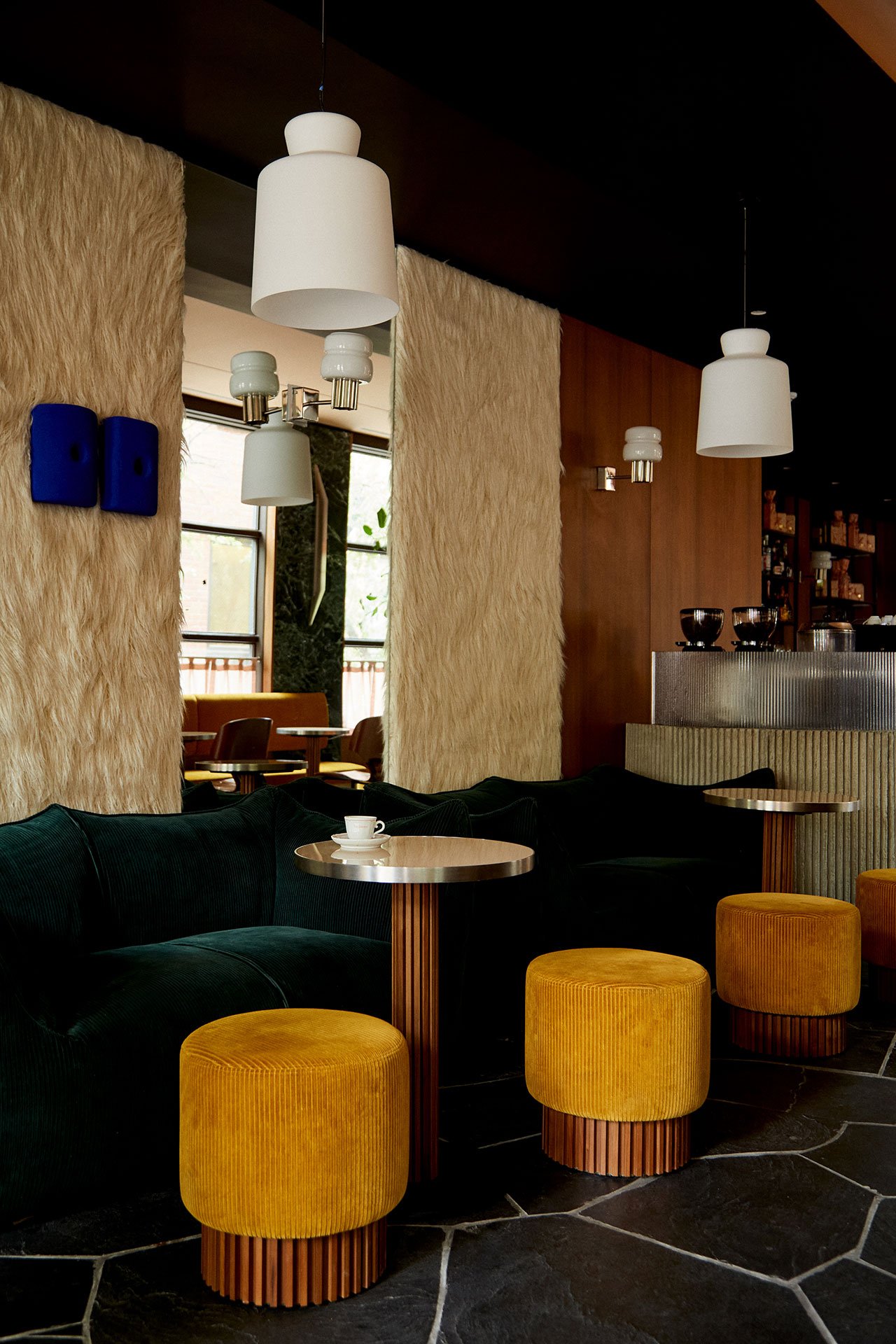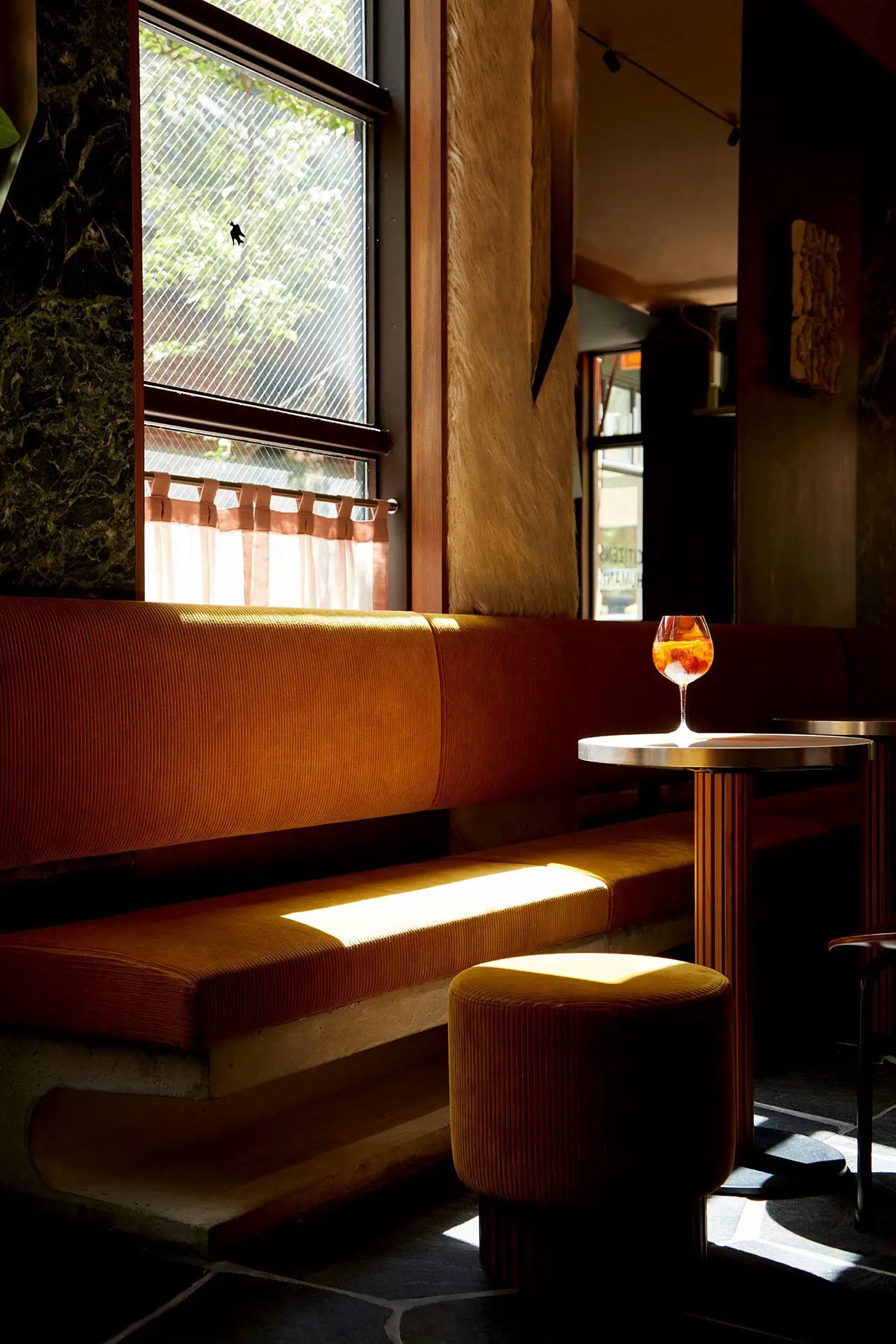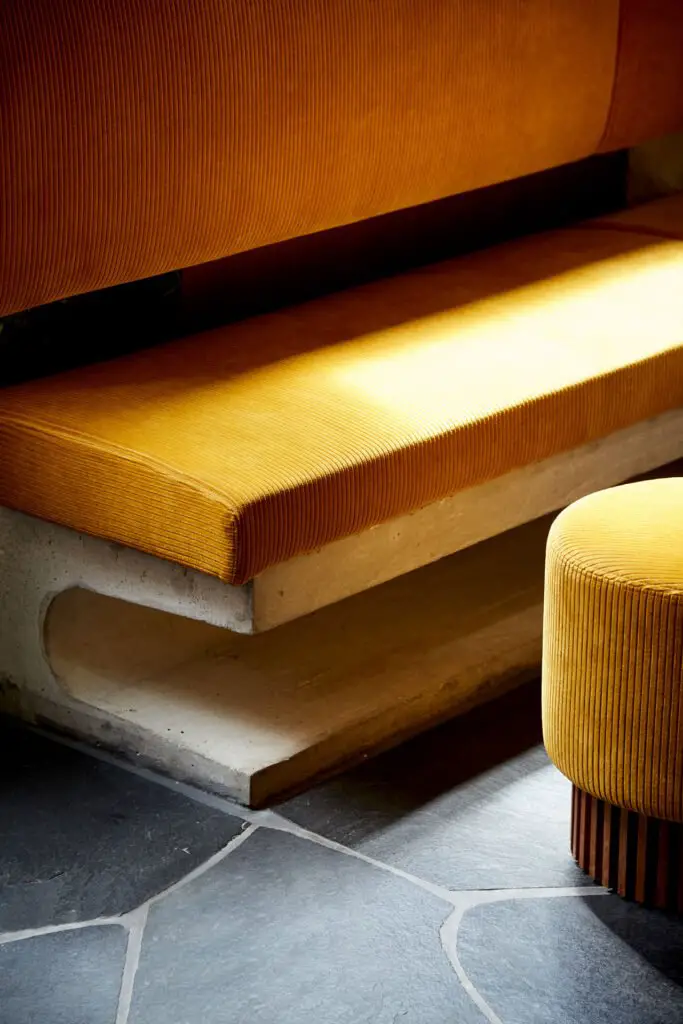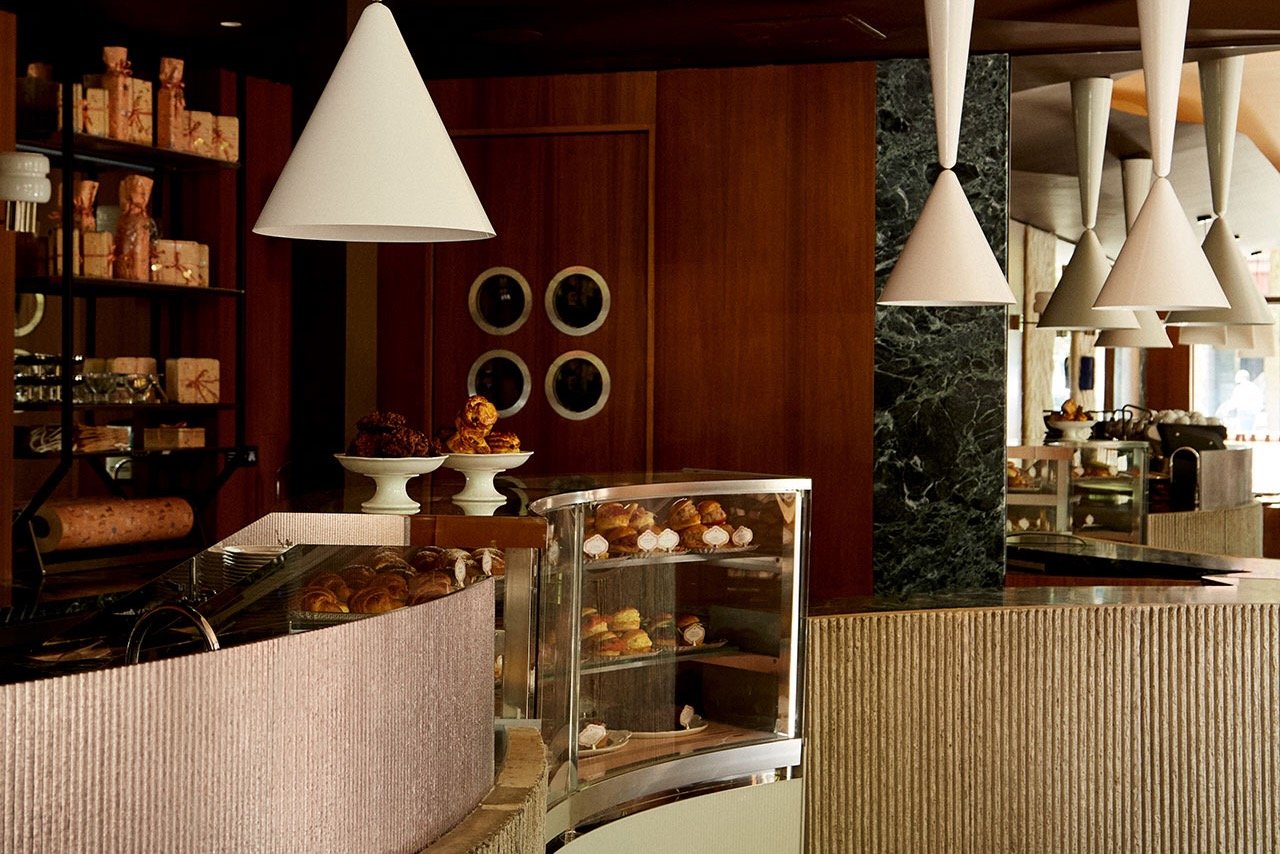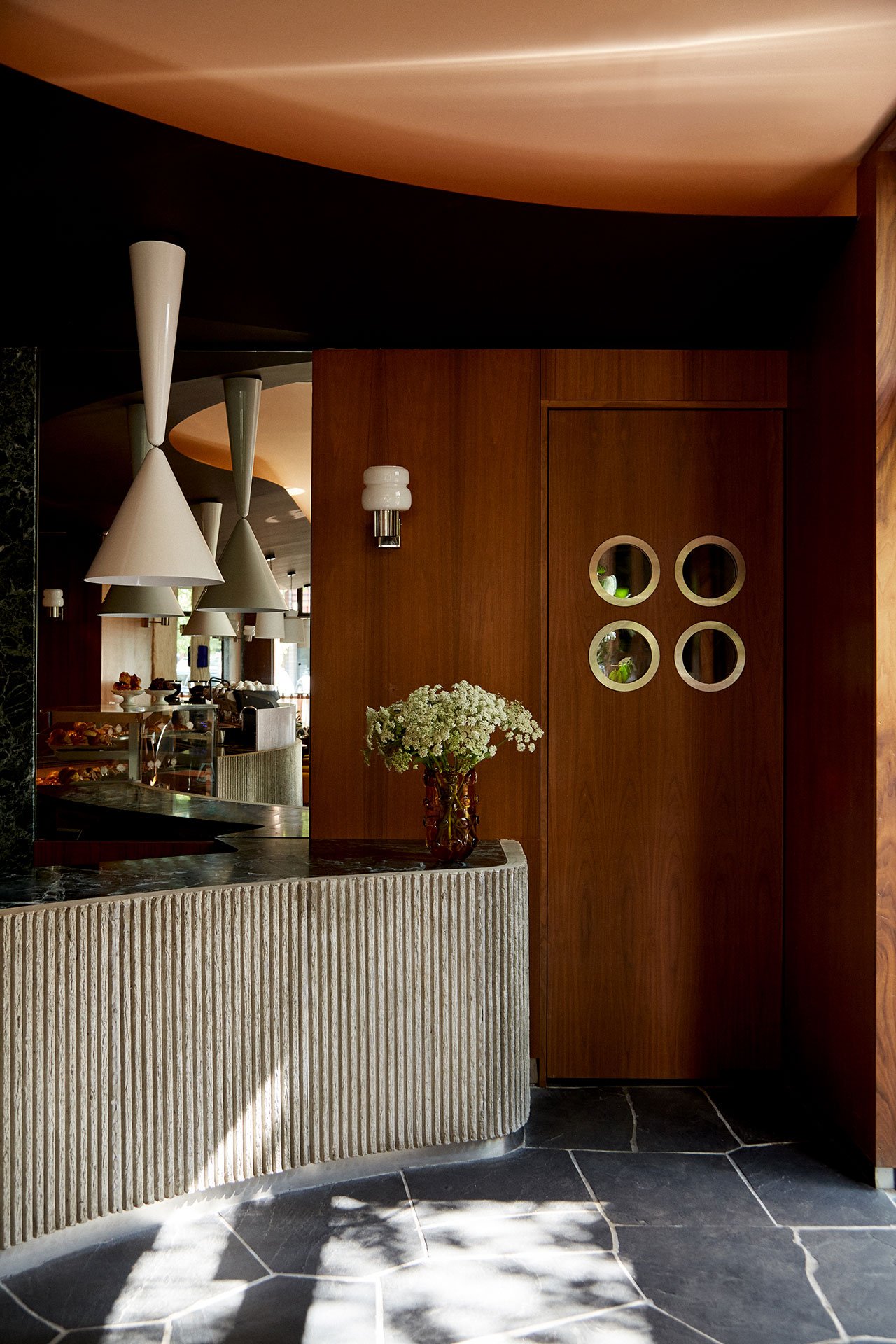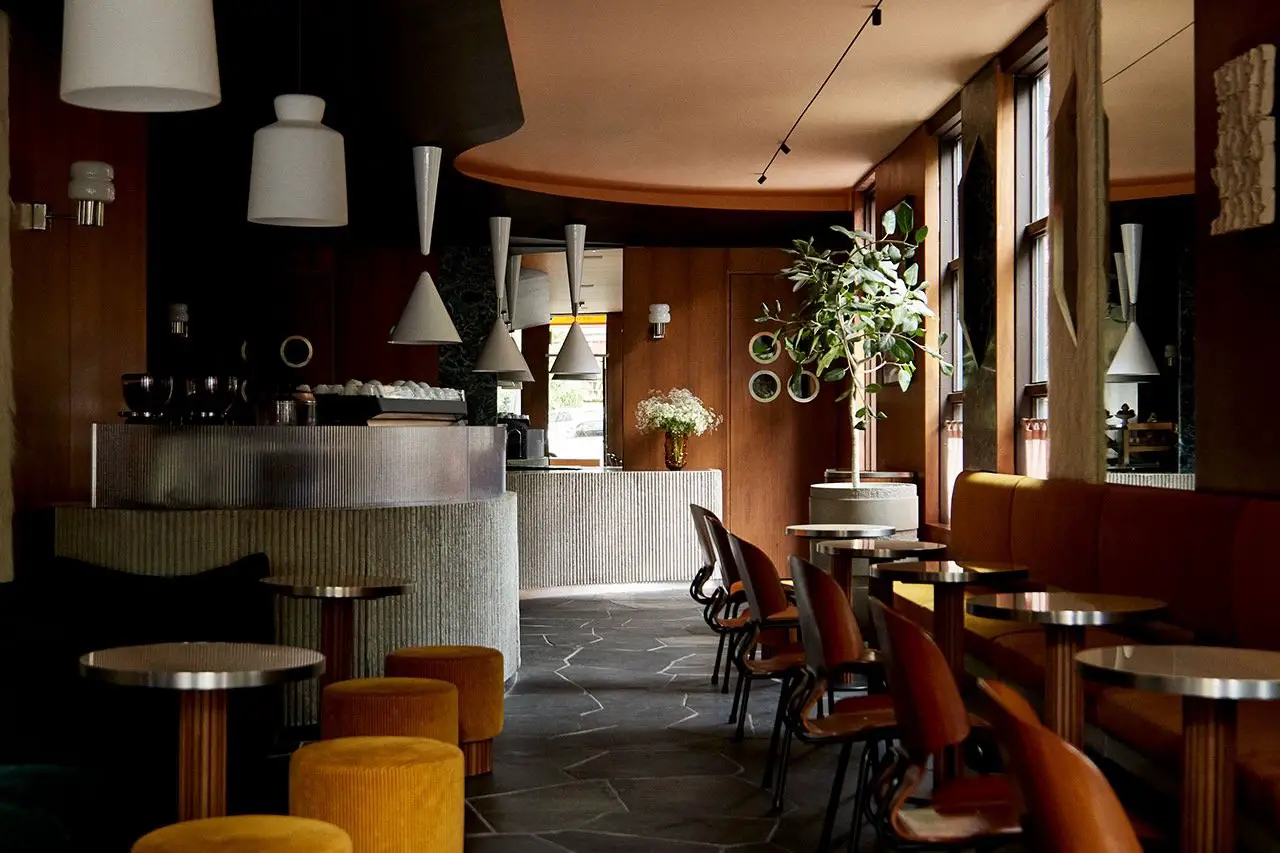
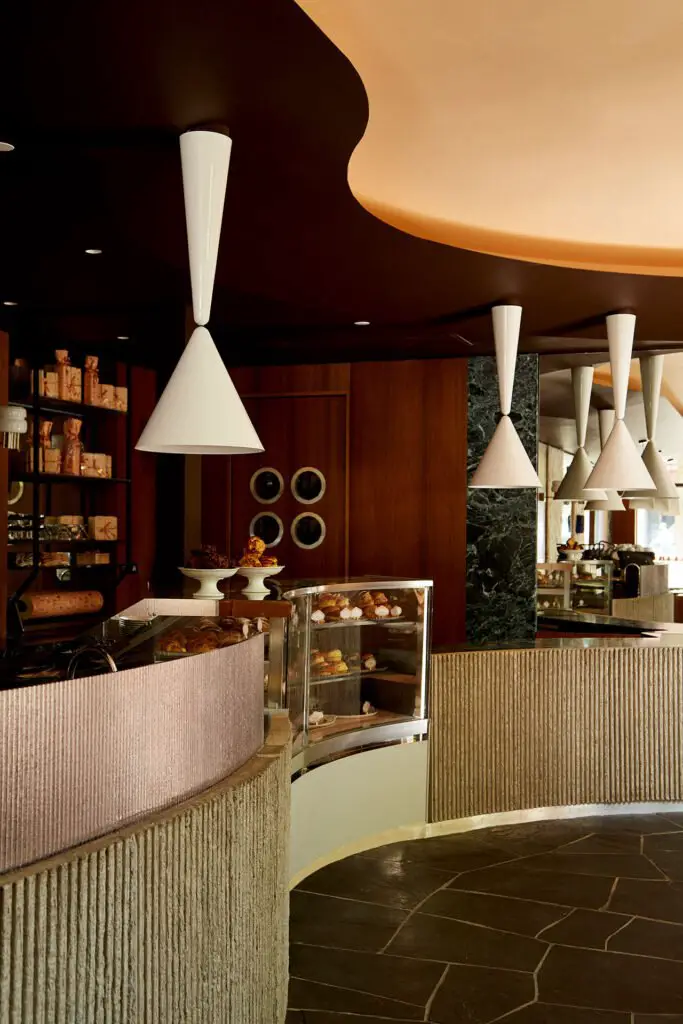
Aspen, Colorado, known for its ski slopes and upscale lifestyle, has welcomed a new entrant into its culinary and design scene: the Sant Ambroeus Coffee Bar. This restaurant, a creation of the Milanese group Sant Ambroeus, brings a slice of Italian elegance to the mountains of Aspen, thanks to the visionary work of Giampiero Tagliaferri.
Commissioned to design the first Alpine outpost of the iconic café-restaurant chain in Aspen, Italian interior designer Giampiero Tagliaferri embraced a unique approach. Shunning the typical chalet style, he opted for a retro-chic, midcentury vibe, deeply influenced by the brand’s Milanese roots and the Alpine modernism movement.
Tagliaferri, with his dual Milan and Los Angeles influences, was the perfect fit for this project, bringing together 20th-century Italian design and Californian modernism. This melding of styles is a nod to Sant Ambroeus’s rich history, which began in Milan in 1936 and expanded to New York in the 1980s.
The coffee bar’s interior is a blend of robust concrete and luxurious elements. The counter, flagstone flooring, and banquette seating are all crafted from concrete, creating a strong yet inviting foundation. Complementing these are warmer materials like walnut wood, Verde Alpi marble and corduroy fabric designed by Raf Simons for Kvadrat.
The space is further adorned with Italian vintage pieces, including the Le Bambole sofa by Mario Bellini, Carlo Ratti chairs from the 1950s, and wall sconces from the 1970s, infusing the atmosphere with Milanese sophistication and warmth.
The use of vintage Italian furniture, richly veined marble, and luxurious fabrics creates a nostalgic yet contemporary space.
Tagliaferri’s design philosophy for this project was inspired by the works of architects like Carlo Mollino, Franco Albini, and Marcel Breuer, who reinterpreted Alpine architecture through modernism.
The coffee bar’s lighting design plays a crucial role in setting the mood. Lightning light fixtures, edged in mirrored shrouds, reflect the surrounding materials, adding vertical elements to the otherwise soft shapes. The egg-white cone-like pendants against the dark ceiling create the illusion of floating lights, contributing to a mellow glow reminiscent of 1970s interior design.
